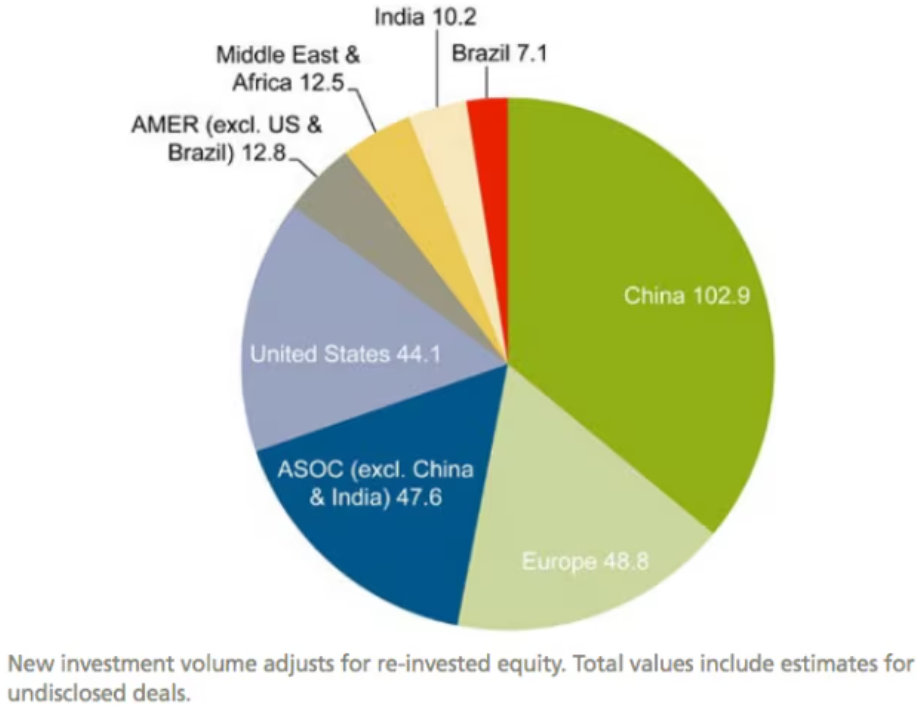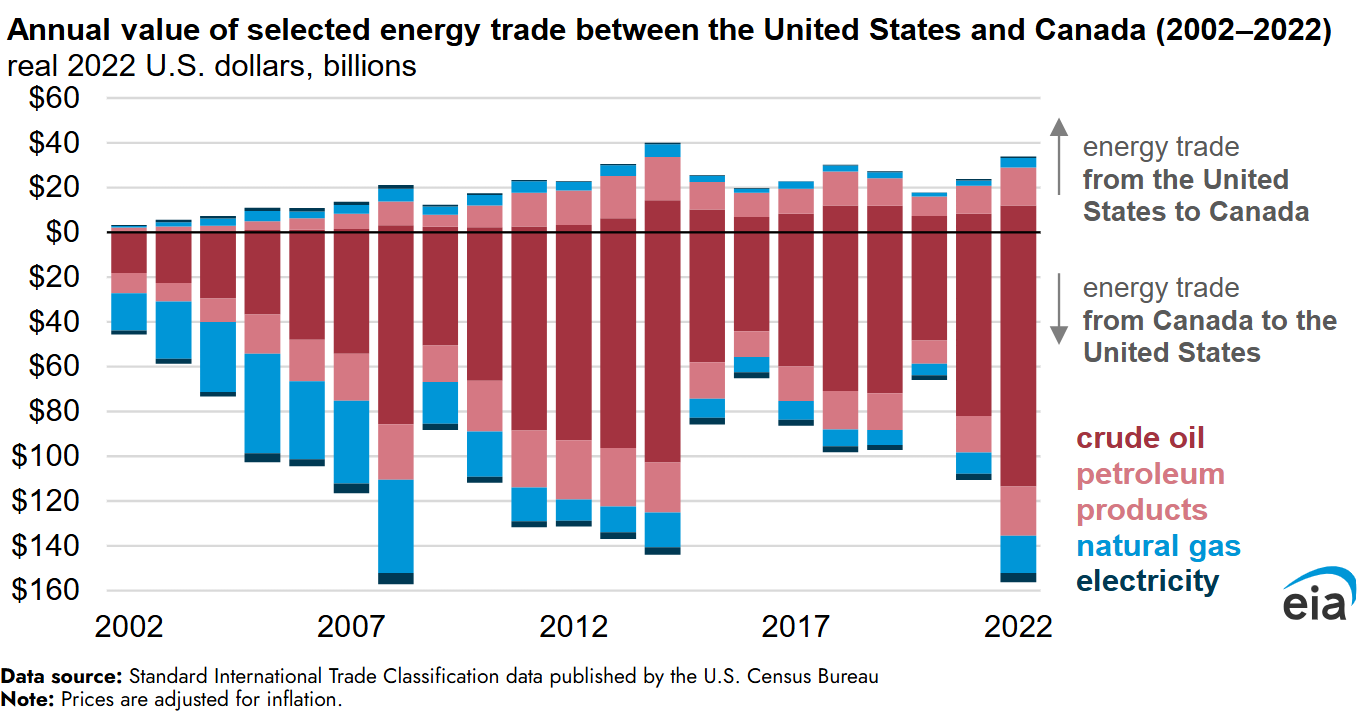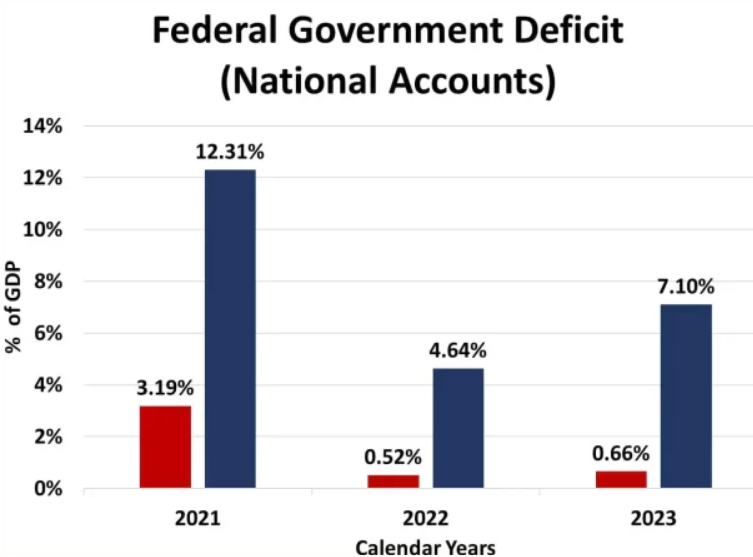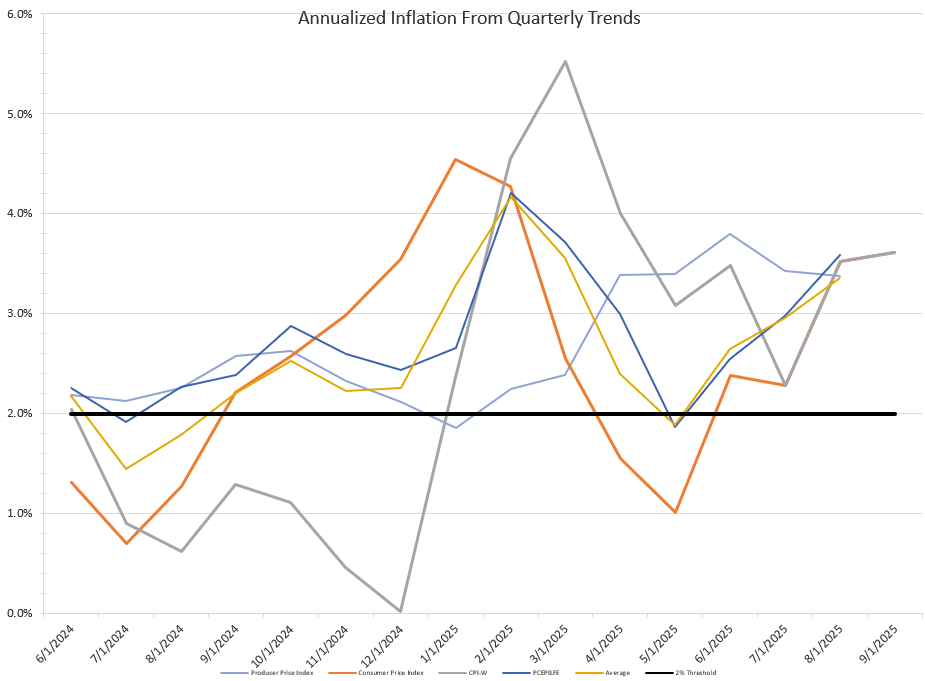Colin Read • May 20, 2023
The Deposit Dilemma Part Deux - May 21 2023

Last week we discussed the trajectory of bank deposits over the decades. Special attention must be devoted to the last decade or so, and especially the last few years.
Recall that we observed a Depression-Era rule designed to prevent cut throat competition for deposits by banks, called Regulation Q, led to a dramatic plunge in deposits over the 1980 stagflation. Banks prevented from raising their interest rates on deposits saw an outflow to newly-popularized money market mutual funds that could offer competitive double digit interest rates proportional to double digit inflation. Congress had to quickly pass the Depository Institutions Deregulation And Monetary Control Act of 1980 to phase out interest rate ceilings and save the banking industry.
The change in regulations saved banks bleeding deposits and taught central bankers a lesson about the fraught relationship between banking industry stability and Congressional wisdom. Inflation matters. People will not save if their savings don’t retain their purchasing power in the wake of inflation. Interest rates may act as a signal for commercial investment, but they are also an important driver of deposits. Since Federal Reserve policies strongly influence banking industry interest rates, central bank policies are critical for banking sector stability.
Central bankers forgot that painful period. For more than a decade following the Great Recession of 2008, the Federal Reserve held the discount rate at close to zero percent, from the usual range of around 4%. The resulting incredibly low interest rates were a boon for borrowers. Congress piled on with a decade of deficits as money was pumped into the economy in good times and bad. An economy on fiscal and monetary crack cannot help but grow, but the cost was a quadrupling of government debt over about a decade and a half. With so much money to go around, it was natural that deposits grew and banks thrived.
Let’s especially focus on the last few years. This is a period of historically unprecedented deposit instability not seen since the Great Depression and World War II. This instability is not because of the unfortunate effects of outdated regulations, as had occurred in 1980 and Reg Q. Instead, it was a product of both a decade of easy money that fueled excessive economic growth followed especially by lavish government spending in the COVID era, but without any place to spend the dole.
Today’s graph demonstrates the significant growth in deposits, by about $4.7 trillion, immediately arising from COVID checks to households, businesses, and state and local government. This unprecedented deposit rise, from $13.4 trillion to $18.1 trillion in the two years from March of 2020 to March of 2022, a 35% increase, dramatically accelerated the cheap money policy that had already been running for a decade. You can see from the graph that the upward trend in deposits leveled off, and then declined significantly, but has still trended far faster than even during the quantitative easing period over the 2010s.
What does a bank do with such cheap money, beside grow their balance sheets dramatically without any change in strategy? Beside not accepting more deposits, which bankers would consider crazy talk, they match the increase in liabilities (deposits) on their balance sheet with increases in assets. These are either loans to the private sector (mortgages, commercial loans, etc.) or loans to government (treasury and certain government agency bonds), with the expectation they would earn a higher return than they would if they kept excess cash deposited in their Federal Reserve accounts.
Now, put your banker hat on a for a moment. Deposits rose by 35%. You can view it two ways. One is that you are a brilliant manager who grew your bank by that amount out of shear banking brilliance. The other is this is a bubble and you should guard against it popping. In the latter scenario, you will invest very short term to protect against the adjustment.
For instance, in the 40 months since COVID began, cash deposits grew by $2.5 trillion. In the 40 months since, they are up by $2.7 trillion, even after the dramatic recent fallback. They may thus fall back a little more to equilibrate, or more than that given loose money and fiscal stimulus are over and the Fed is determined to induce a recession.
We must always be careful about patting ourselves on the back and awarding ourselves fat bonuses for successes we did not create. Managers at banks such as SVB, rich in deposits, sought strong returns. This meant lending out longer term, given a positively sloped yield curve that rewards those more who lend for longer periods. With a lot of money burning to be lent, and with incredibly low Fed discount rates, the return to loanable funds remained low, in the neighborhood of a couple percent for bonds and perhaps four or five percent for many loans.
These interest rates were artificially low, in historic terms, both because of the Fed policy of cheap money in the 2010s that persisted beyond the COVID era and the huge amount of deposits looking for short to medium term investment opportunities. A large supply of such loanable funds, coupled with weak COVID-era demand meant that returns to bank loan portfolios remained low. What they sacrificed in margin they could make up in volume, especially with the ready need of the Federal government to borrow to fuel huge fiscal deficits.
Then, inflation hit. You recall in this blog our great concern that inflation was inevitable for an economy that combined pockets full of cash with nowhere to spend it during the COVID era. Too much liquidity chasing too few goods created a classic demand-pull inflation that smart fiscal authorities should never have missed, while smart central bankers averted their eyes. Add to that supply-side cost-push inflation in the energy sector arising from the Ukraine Invasion, and KABOOM. Inflation quickly rose to levels not seen in forty years and, just as happened then, outstripped interest rates.
This is a dangerous problem that explains the dramatic drop-off in deposits on the right hand side of today’s graph. Inflation of 6% to 9% combined with interest rates of 1% to 4% means that every dollar saved is losing 5% annually. The real (inflation-adjusted) interest rate went strongly negative. Savers ran for greater yields, and bank deposits dropped dramatically.
Imagine a bank that found its deposits running off fast. The prudent thing to do is to convert more assets to cash to cover those lost deposits. But, it means trying to sell bonds offering a 2% return in a market that demands a 5% return. The longer the maturity of this unfavorable return, the worst a bank will fare in trying to sell these bonds.
Fortunately, many well-run banks anticipated this possibility and kept their assets more short term. They were not penalized as much as less prudent banks or banks that experienced a more dramatic runoff because of other idiosyncratic instabilities. The most notorious banks (SVB, First Republic, Signature, etc.) suffered unsustainable losses before the Fed could step in with a program to absorb these assets that became troubled when interest rates on other assets rose dramatically. The newly-created Bank Term Funding Program (BTFP) has helped stabilize bank balance sheets and now represents the largest liquidity provision category at the Fed. Just when the Fed thought it was out of the troubled asset relief game, it found itself right back in.
Need we worry about an inflationary consequence of such quantitative easing? I don’t think so. Banks have learned to be circumspect in these cautionary times. They can’t turn away good lending opportunities, but they will think hard. If anything, this prudence among good banks is exactly what the Fed’s recent higher interest rates and tight monetary policy is designed to do. It reduces demand (and hence decreases inflation) by reducing investment and consumer spending. But, instead of the need to increase interest rates to do so, much more prudent and cautious banks are tightening lending for them. This may allow the Fed to taper their discount rate increases, at least for as long as banks wish to preserve their cash.
We wait to see what happens next. If consumers do not share the caution banks now show, and workers demand higher wages commensurate with permanently higher prices, then inflation will persist and the Fed will have no choice but to induce a deeper recession. I say deeper because it is likely we are or will soon find we are in a recession. We never know until data becomes available up to two or three quarters after the fact. Ironically, if the Fed continues to be as effective, but very imperfect, as it has been in responding to some sizeable bank failures, their very success increases the likelihood of having to do more with higher interest rates later.
Such a conundrum. And such a shame that many could see it coming. Some fooled themselves that there is a new monetary theory in which well-understood economics no longer applied, government could run up debt with little consequences, and interest rates are irrelevant. We just repealed that false theory. Let’s hope we remember our painful lesson.









